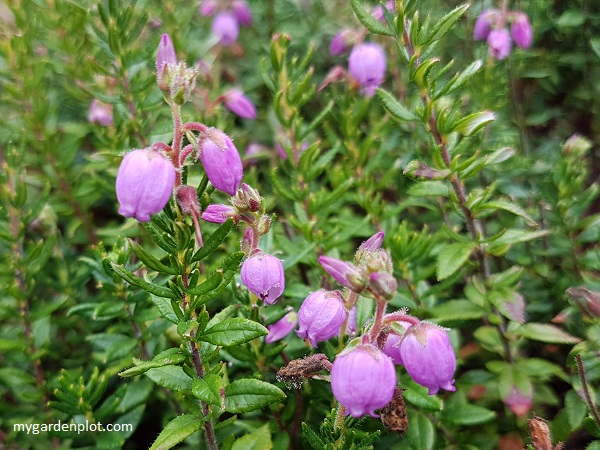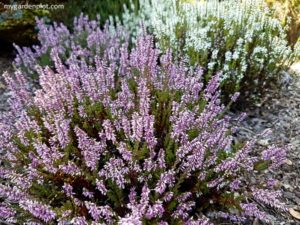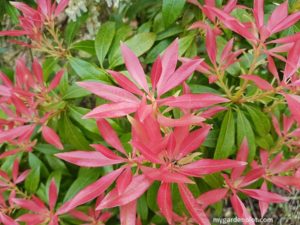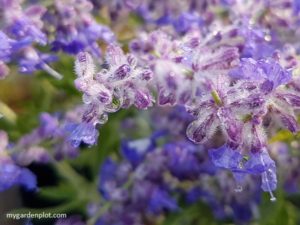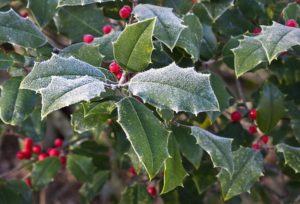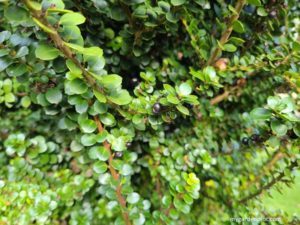About Daboecia cantabrica: St Dabeoc’s heath, Irish bell heather, Irish heath, Cantabrian heath
Daboecia is closely related to the genus Erica (heath) that is popular in winter gardens. Daboecia is native to western Ireland and northern Spain and found along western France. It is also known as St Dabeoc’s heath, Irish bell heather, Irish heath or Cantabrian heath, and often grouped with heathers and heaths. It has an attractive pendent urn or bell-shaped flower which blooms from late spring through to early to mid autumn – sometimes longer during mild fall weather. It is a little on the tender side but can withstand the winters in zones 7 – 9. This guide on how to grow Daboecia cantabrica will show how easy it is to plant, care and prune this evergreen shrub.
Daboecia cantabrica or Irish heath makes a beautiful addition as a summer ground cover or in a mixed border and adding colour in an autumn garden. Flowers range from white, pink and deep purple. They also look lovely in a planter on your patio. Planting the Irish heath in a garden pot is a good option for colder regions where it can be moved to a more sheltered location, protecting it from freezing winters during it dormancy.
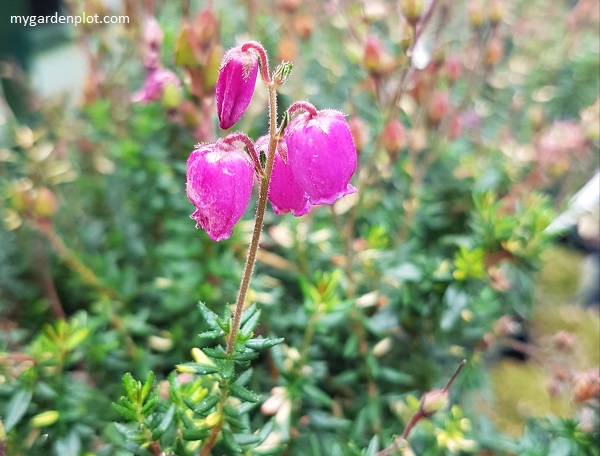
Where To Plant And How To Grow Daboecia cantabrica
Daboecia thrives when planted in fertile, moist, well-drained acidic soil in a sunny location, with a little shade during the scorching summer months. Plant deeply so that the lower leaves touch the top of the soil. Do not plant in clay soils or areas prone to heavy frost. Though Daboecia is an evergreen, it can be more of a semi-deciduous shrub in colder winter regions. It is best to plant a new daboecia in the autumn time.
Daboecia is not as drought tolerant as heathers and will need regular watering.
It is usually trouble-free from pests and diseases, and for the most part, deer resistant.
If planted in a garden pot, move it in winter to a sheltered location against the house and under the roof overhang, where it will be protected from freezing winds and not be saturated during the rainy season.
How To Prune And Deadhead Daboecia cantabrica
Your daboecia will benefit from a hard prune down to the base early spring once the frost threat is gone. It can tolerate further pruning if control is needed to maintain growth.
Deadheading is beneficial and keeps the Daboecia attractive all summer long.
Tools Needed For Pruning Daboecia cantabrica
Below is the list of essential tools needed to prune Daboecia cantabrica:
- Pruners – Bypass pruners are the most popular choice for gardeners and a must in a pruner’s tool kit. Bypass means the blades pass each other in a scissorlike action providing a clean cut without splintering the stem’s edge. The anvil-type pruner, where the upper blade cuts against a lower flat edge, must always be kept sharp. Otherwise, it will crush the stem while trying to cut it.
- Garden Gloves – Gardening gloves help keep hands clean and provide protection. Fabric gloves with vinyl offer a good grip on the fingers and palm. Good for warmer weather. For more challenging jobs, a pair of suede or leather gloves go a long way. Not too comfortable in warmer weather, though.
RELATED TOPIC: Buyer’s Guide On How To Choose Hand Pruners (Secateurs)

